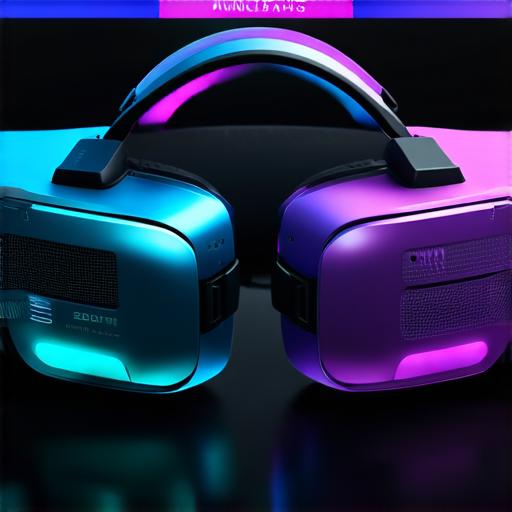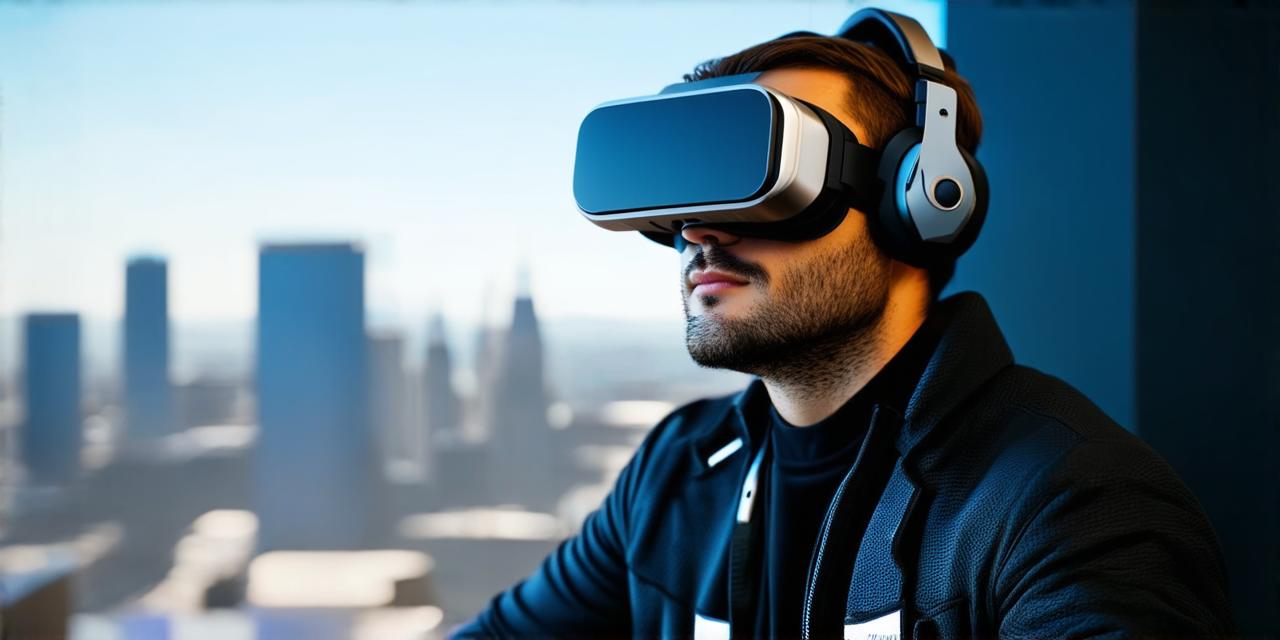AR vs. VR: A Brief Overview
Augmented reality (AR) and virtual reality (VR) are two of the most exciting and rapidly developing technologies in the field of computing. While both have gained significant attention and investment, they differ fundamentally in how they create immersive experiences for users. In this article, we will explore the primary difference between AR and VR, their unique capabilities, and how they can be used to create compelling experiences for developers.
AR vs. VR: A Brief Overview
AR is a technology that enhances real-world environments with computer-generated images, sounds, and other data to provide users with a more interactive experience. This means that AR overlays digital information onto the real world, allowing users to see and interact with virtual objects in their physical environment.
On the other hand, VR is a technology that completely immerses users in a computer-generated environment, creating a simulated reality that closely resembles the real world. This means that VR headsets block out the real world, providing users with a fully immersive experience that can be customized to their preferences.
The Primary Difference: Interaction with Reality
One of the primary differences between AR and VR is the level of interaction with reality. AR allows users to interact with both the virtual objects and the real world, while VR completely isolates users from the real world, creating a fully immersive experience.
AR applications allow users to view and interact with digital objects in their physical environment. This means that users can see and touch virtual objects as if they were real, providing a unique level of interaction that is not possible with traditional media or even VR. For example, AR can be used in the field of education to provide students with interactive visualizations of complex concepts, allowing them to explore and interact with these concepts in a way that is impossible through traditional teaching methods.
In contrast, VR applications completely immerse users in a simulated reality, creating a fully immersive experience that can be customized to their preferences. This means that users can interact with virtual objects in the same way as they would in the real world, providing a level of interaction that is not possible with traditional media or even AR. For example, VR can be used in the field of gaming to provide players with a fully immersive experience that transports them into a different world, allowing them to interact with virtual objects and characters in a way that is impossible through traditional gaming methods.
The Unique Capabilities of AR and VR
While both AR and VR have their unique capabilities, they differ fundamentally in how they create immersive experiences for users.
AR allows users to view and interact with digital objects in their physical environment, providing a unique level of interaction that is not possible through traditional media or even VR. This means that AR applications can be used in a wide range of fields, including education, marketing, and entertainment, to provide users with interactive visualizations of complex concepts, product demonstrations, and immersive experiences.
On the other hand, VR completely immerses users in a simulated reality, creating a fully immersive experience that can be customized to their preferences. This means that VR applications can be used in a wide range of fields, including gaming, education, and training, to provide users with fully immersive experiences that transport them into different worlds, allowing them to interact with virtual objects and characters in a way that is impossible through traditional methods.
Case Studies and Personal Experiences

One of the best ways to understand the difference between AR and VR is to look at real-life examples and personal experiences. Here are a few examples:
AR in Education
In education, AR can be used to provide students with interactive visualizations of complex concepts, allowing them to explore and interact with these concepts in a way that is impossible through traditional teaching methods. For example, the company Snapchat has partnered with NASA to create an AR app that allows users to explore the solar system in 3D, providing a unique level of interaction that is not possible through traditional media or even VR.
VR in Gaming
In gaming, VR can be used to provide players with a fully immersive experience that transports them into a different world, allowing them to interact with virtual objects and characters in a way that is impossible through traditional methods. For example, the game "Beat Saber" is a VR game that allows players to use their body movements to interact with virtual objects and characters in a fully immersive experience, providing a level of interaction that is not possible through traditional gaming methods.
Conclusion
AR and VR are two of the most exciting and rapidly developing technologies in the field of computing. While they share some similarities, they differ fundamentally in how they create immersive experiences for users. AR allows users to interact with both the virtual objects and the real world, while VR completely immerses users in a simulated reality. These differences make AR and VR suitable for different applications and fields, including education, marketing, gaming, and training. As these technologies continue to evolve, we can expect to see even more innovative uses for AR and VR in the future.




